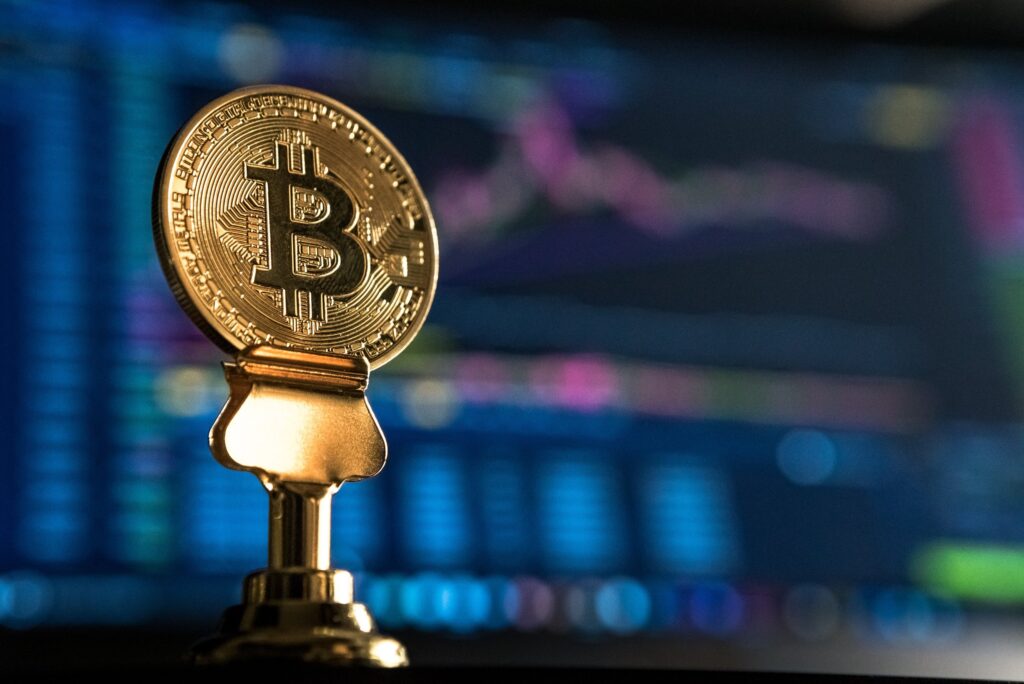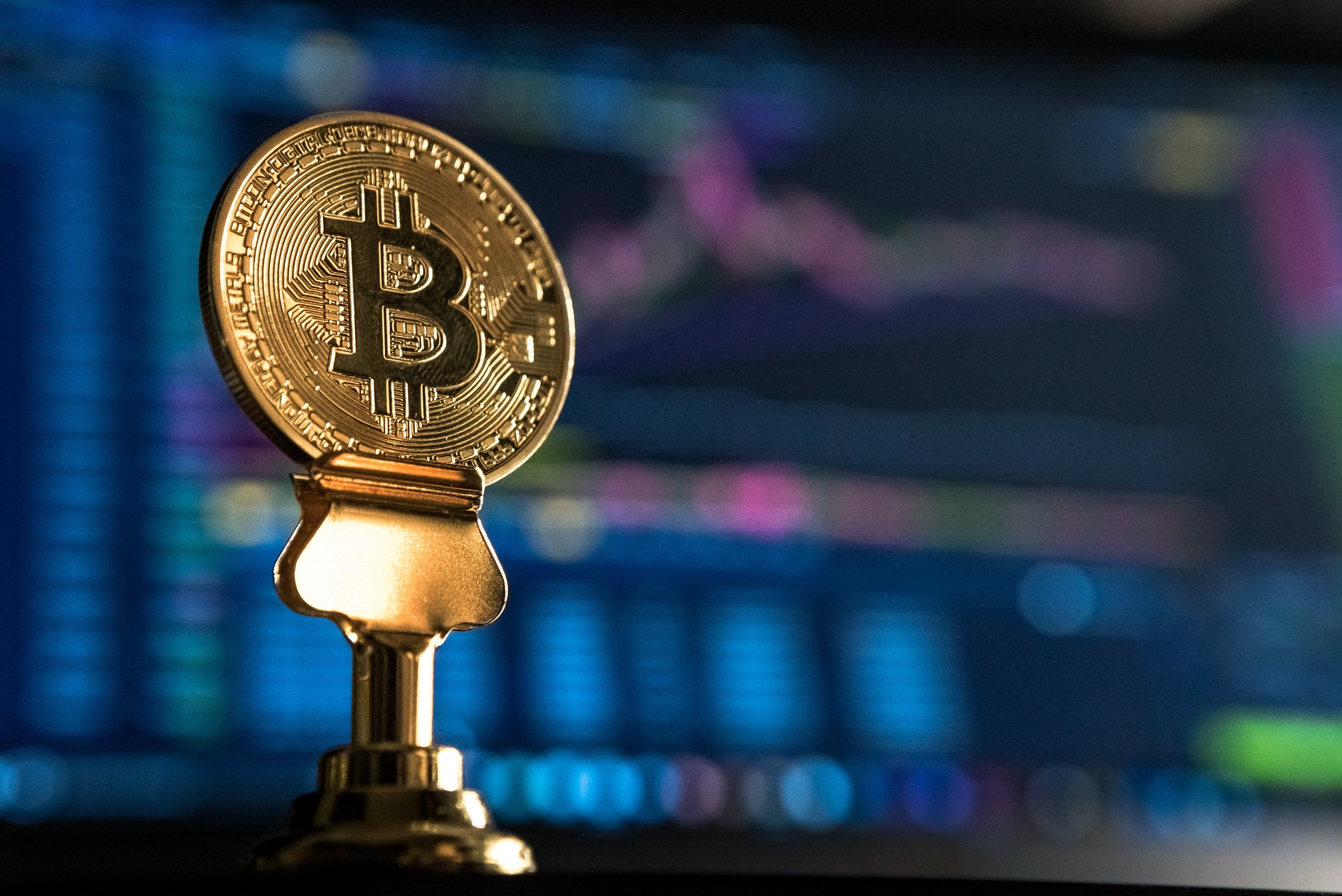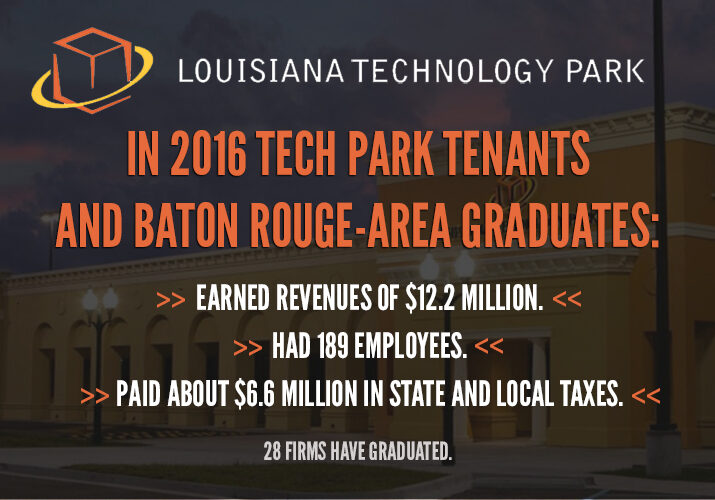A recent surge in bitcoin prices has created unprecedented interest in cryptocurrencies as investors look to cash in on the soaring value of the volatile virtual coins. Unfortunately, that bump in interest has not been accompanied by a corresponding increase in knowledge, according to Charlie Davis, a serial entrepreneur and cryptocurrency expert from Baton Rouge.
“Very few people know a lot about bitcoin — and worse than not knowing a lot is knowing something that’s not accurate,” Davis said at a recent Tech Park Academy event at the Louisiana Technology Park.
Davis, who is founder and president of Moxey, a digital currency designed for everyday real-world transactions, is working to demystify the issue through a series of talks on the volatile past, present and future of cryptocurrencies. Here are some highlights of his recent discussion at the Tech Park.
What Is Bitcoin?
Everyone knows how to use money, Davis argues, but very few people know actually know how money works — for example, the specifics of how the U.S. Federal Reserve creates money. “Money is a simple thing to use and a very hard thing to understand,” Davis says. He contends that bitcoin currently occupies a similar mental space for most people.
Bitcoin’s anonymous inventor, who went by the pseudonym Satoshi Nakamoto, created a novel method for a decentralized network to agree upon a shared transaction ledger. A central authority, such as a bank, is replaced by the concept of a “blockchain” — an ever-growing ledger that records the transaction history of all bitcoins in circulation, and that lives on computers around the world that make up the bitcoin network.
“It used math and very sophisticated cryptography to prove that the blockchain has not been altered, so it gives us confidence,” Davis says.
Underpinning the entire network is the concept of “mining” — the process by which blocks of transactions are verified and added to the blockchain. Bitcoin miners use special software to solve math problems and are issued a certain number of bitcoins in exchange, which creates an incentive to create more of the digital currency. As more miners join the network, the math problems become more difficult and require more time, computing power and energy to solve.
Bitcoin uses peer-to-peer technology to operate with no central authority or banks, so transaction management and the issuance of new bitcoins are carried out collectively by the network. Supporters say this is one of the key advantages of the digital currency, because bitcoins can be transferred directly from person to person through the internet without going through a bank or clearinghouse. This means users can spend bitcoins in any country, their accounts cannot be frozen and fees are much lower than for most bank transactions.
“It’s a powerful tool that people are still figuring out how they want to use,” Davis says. “It’s such a basic idea that it creates an infinite number of ways you can do it, which adds to the confusion.”
Riding a Price Rollercoaster
Bitcoin has been around for nine years, but it reached a new level in the international consciousness in 2016 when the price crossed $1,000 per bitcoin. In December 2017 the price had topped out at more than $19,000 per bitcoin, sparking a buying frenzy along the way. The value has since plunged, dipping below $7,000 in early 2018.
“No matter when you start buying bitcoin or start following it, it’s incredibly difficult to know where the price is going to be headed,” Davis says. “You probably think you missed out. For all we know, you didn’t miss out. It went down, it goes up. It’s the most volatile asset I’ve ever invested in in my life.”
Still, Davis argues the recent fluctuations are driven by investors who are simply speculating and radically running the price up, then selling. He says that, in a historical context, the latest price correction is not an anomaly. In fact, bitcoin previously plunged from $32 to $2, and later crashed from $1,000 to $250, taking a year to come back.
“It seems like a bigger deal when it gets to $20,000 and crashes to $7,000,” he says. “Time magazine doesn’t write about it when it gets to $32 and crashes to $2, but the value change is similar.”
Looking Forward
There are an estimated 5,000 cryptocurrencies worldwide — some of them offshoots of bitcoin and others independently built using similar blockchain technologies. Bitcoin, with a market cap of more than $140 billion, represents about half of the total digital currency market. Ethereum, at over $80 billion in aggregate value, is the next most popular, but there are dozens of currencies trading at high volumes daily.
Davis says that while digital currency can be a good investment if risk is managed carefully, “it would be crazy to put more than 5 percent of your assets into one digital currency” because it’s impossible to know which of them, if any, will thrive over the long run.
“I haven’t the slightest idea if 10 years from now bitcoin is worth $100,000 or zero,” he says. “Or even which bitcoin will be worth the most. My gut is some of these 5,000 currencies are never going to go away and be worth hundreds of millions of dollars someday. It’s just hard to know which one.”





